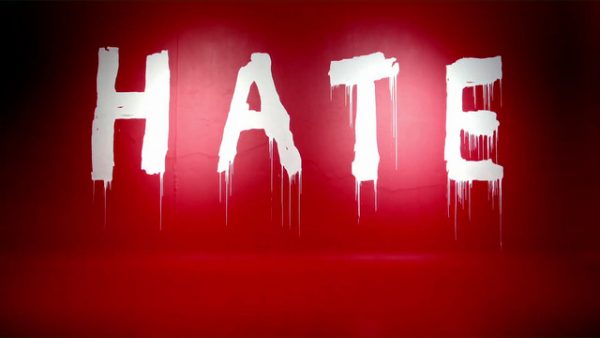
For many Americans, anti-Semitism seems like a thing of the past, a topic for high school history classes and discussions of the Holocaust. But anti-Semitism has returned abruptly to the front page in recent weeks, with over 160 threats against Jewish community centers and synagogues since January. At times, such threats are paired with symbolic shows of force, as was seen when over 100 headstones in a Missouri Jewish cemetery were damaged or destroyed. For many this has been unexpected, but this is not necessarily true for social scientists who have been studying anti-Semitism over the last decade.
Recent survey-based studies have sought to assess anti-Semitic sentiments over time. Some scholars argue that anti-Semitism shifted into the more accepted form of anti-Israeli sentiments, with others arguing that the two issues are not necessarily related. However, most scholars seem to agree that public acceptance of anti-Semitism moved from the mainstream to smaller, more extreme groups throughout this period.
- Heiko Beyer and Ulf Liebe. 2015. “Three Experimental Approaches to Measure the Social Context Dependence of Prejudice Communication and Discriminatory Behavior” Social Science Research 49: 343-355.
- Brian Klug. 2010. “The Collective Jew: Israel and the New Antisemitism.” Patterns of Prejudice 37(2): 117-139.
- Ryan D. King and Melissa Weiner. 2007. “Group Position, Collective Threat, and American Anti-Semitism.” Social Problems 54(1): 57-77.
Social scientists have also looked at anti-Semitism using methods that look past publicly shared opinions, and these studies find slightly different results. Studies show that when questions focus on positive or “neutral” stereotypes, individuals are more likely to express them, possibly revealing that other, more negative prejudices exist that they are less willing to share. This phenomenon helps explain why anti-Semitism seems to be increasing so quickly; as rhetoric against Jews and other minority populations becomes less stigmatized, people who quietly hold these views may feel more comfortable sharing their opinions. The increase in hate crimes and threats within the United States and around the world may not reflect a cultural change in sentiment, but rather an increased willingness to share and act upon these previously held beliefs.
- Heiko Beyer and Ivar Krumpal. 2010. “‘But There Are No Longer Any Anti-Semites’: An Experimental Study on the Communication Latency of Anti-Semitic Attitudes.” KZfSS Kölner Zeitschrift für Soziologie und Sozialpsychologie 62(4): 681-705
- Charles Asher Small. 2013. Global Anti-Semitism: A Crisis of Modernity. Martinus Nijhoff Publishers
- Thomas C. Wilson, 1996. “Compliments Will Get You Nowhere: Benign Stereotypes, Prejudice and Anti-Semitism.” The Sociological Quarterly 37(3): 465-479.

Comments